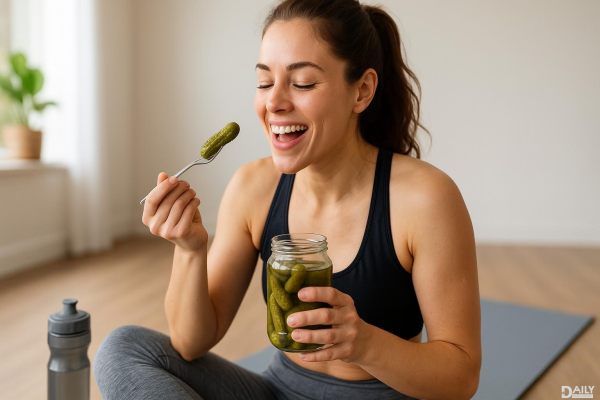Jackie Alpers, a food photographer and author, hit her pandemic cooking breaking point in early 2021. After a year of stress-baking and indulging in crispy comfort foods, she decided it was time for a change—so she bought an air fryer. "I realized that I'd been relying a bit too much on fried food, and if I didn’t cut back on oil, it was going to be a problem," she says.

Turns out, she wasn’t alone. According to NPD, a whopping 25 million people snagged air fryers in 2020 and 2021. And like Alpers, many were lured by the promise of crispy, "fried" food without the grease-soaked guilt. But is air frying really the golden ticket to healthier eating? The answer isn’t as simple as the marketing claims suggest.
How Air Fryers Actually Work
Let’s break it down: Air fryers are basically mini convection ovens with a serious caffeine habit. They blast superheated air (around 285–330°F) around your food, crisping the outside while keeping the inside tender. "It’s not really frying," explains Kaumudi Marathe, a senior editor at America’s Test Kitchen and author of an upcoming air fryer cookbook. "It’s more like turbocharged convection cooking in a tiny space."
The result? Foods like chicken wings, fries, and even roasted veggies get that satisfying crunch without being submerged in oil. But here’s the kicker—just because something tastes fried doesn’t automatically make it healthier.
Not All Fats Are Created Equal
Deep-fried foods are notorious for their high fat content, but the type of fat matters just as much as the amount. "Most deep-frying oils are cheap, inflammatory, and packed with omega-6 fatty acids, which can mess with your health if you overdo it," says Ariane Resnick, CNC, a private chef and author.
Air frying, on the other hand, lets you control the oil quality—and quantity. Instead of drowning your food in questionable vegetable oil, you can lightly spritz it with something healthier, like avocado oil, which has a high smoke point and heart-friendly fats.
But here’s the catch: "Avocado oil is expensive," says Beth Lipton, a recipe developer. "The idea of deep-frying in it would make my wallet cry." Luckily, air frying only requires a teaspoon or two, making premium oils way more budget-friendly.
The Hidden Downside of Air Frying
Before you start air-frying everything in sight, there’s a plot twist: Some foods actually lose nutrients when air-fried. A 2017 study found that air-frying fish reduces its omega-3 content while increasing oxidized cholesterol—not exactly a health win.
Resnick’s fix? "Add fresh herbs for antioxidants, and balance it out by eating more omega-3-rich foods elsewhere."
Air fryers aren’t a magic bullet for perfect health—but they can be a smart tool in your kitchen arsenal. The real key? Balance. "Fat isn’t the enemy," says Resnick. "Vitamins like A and D need fat to be absorbed, so cutting it out entirely isn’t the answer."
So go ahead, enjoy those crispy air-fried Brussels sprouts. Just don’t forget that variety—and moderation—still rule the game.
























